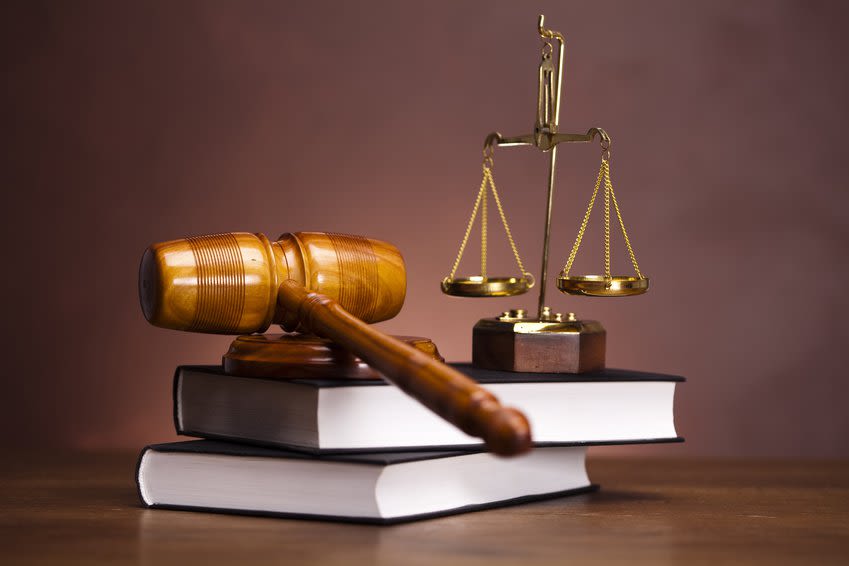
DRUG SCHEDULES EXPLAINED: UNDERSTANDING U.S. SUBSTANCE CLASSIFICATION SYSTEMS
Because 84.7% of all drug law violations in the U.S. during 2017 were for possession of a controlled substance, the subject of drug classifications may be of importance to you or someone you know. Are prescription medications treated the same as drugs like heroin or cocaine when determining legal consequences? Why are certain drugs considered to be more high-profile than others? Understanding drug classifications (also known as schedules) may provide you with valuable information if you face drug possession charges or simply want to know more about drug cases in the United States.
Schedule I
Drugs in this category are labeled as such because they have a high potential for abuse and/or they have no currently accepted and safe medical use in the United States. Substances that fall under this category include heroin, ecstasy, LSD, mescaline, GHB, and (much to the surprise of many) cannabis. Although marijuana may not be considered a dangerous or addictive drug by many people, it's still considered to be one of the most serious controlled substances.
Schedule II
The substances in this category differ from Schedule I in that, while they're also considered to have a high potential for abuse, some do have an accepted medical use in treatment in some form (even if there are severe restrictions placed upon it). These substances include cocaine, fentanyl, amphetamines, oxycodone, hydrocodone, Adderall and Ritalin, methadone, Vicodin, and others.
Schedule III
Although substances within this category do come with some risk of abuse, they're deemed to have a lower risk than the drugs in the aforementioned schedules. They also may have a currently accepted use in medical treatment in the United States. Substances in this category include buprenorphine (a strong painkiller), ketamine, anabolic steroids, testosterone, Tylenol with codeine, and more.
Schedule IV
As you might have guessed, the substances in this category have an even lower risk of abuse (though it still exists) and have an accepted use for medical treatment. In this category, you'll find benzodiazepines, Tramadol, Ambien, Valium, Xanax, Soma, and other examples.
Schedule V
Finally, it's here you'll find substances with the lowest risk of abuse and dependence and that have an accepted medical use in treatment methods. These substances are often used in analgesic (pain relief), antidiarrheal, and antitussive (cough prevention) applications. Examples include Lyrica, Robitussin AC, Motofen, diphenoxylate, and more.If you are facing charges pertaining to the possession or distribution of any of the substances mentioned above (or others), you need to have legal help to ensure your rights are protected. To learn more or to schedule a consultation, please contact our firm today.
